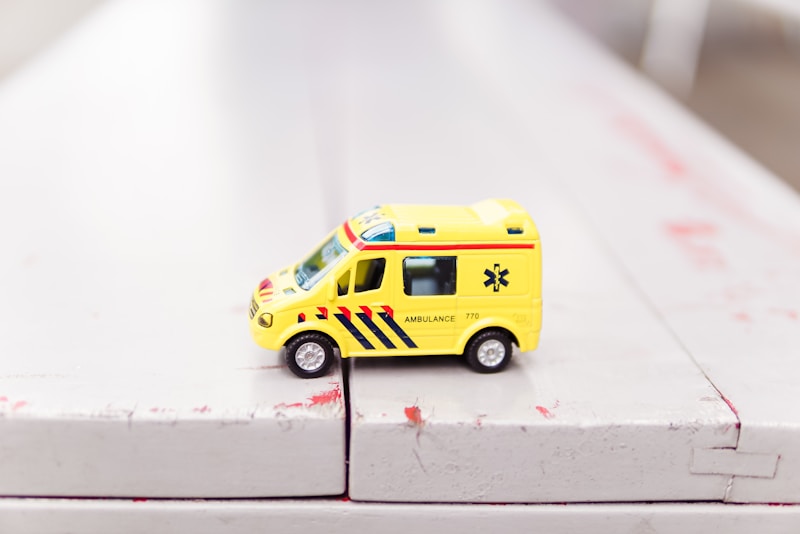Questions and Answers
Which muscle is primarily responsible for aiding in closing the jaw?
What is the main function of the masseter muscle?
Which of the following muscles is NOT involved in closing the jaw?
Both the temporalis and masseter are involved in what action?
Signup and view all the answers
Which muscle is primarily known for its strength in jaw closure?
Signup and view all the answers
Which condition results from the body producing antibodies against receptors for ACh?
Signup and view all the answers
What characterizes isometric contraction?
Signup and view all the answers
What is lactic acid associated with?
Signup and view all the answers
Which of the following statements about muscle tone is true?
Signup and view all the answers
Which muscle primarily aids in closing the jaw?
Signup and view all the answers
Which muscle is considered the bulkiest muscle in the body?
Signup and view all the answers
What is the primary function of the hamstrings?
Signup and view all the answers
Where is the gastrocnemius muscle located?
Signup and view all the answers
Which tendon is recognized as the strongest tendon in the body?
Signup and view all the answers
What group of muscles is located at the back of the thigh?
Signup and view all the answers
What is the primary action of the sternocleidomastoid muscle when one side contracts?
Signup and view all the answers
What is the function of the external intercostals?
Signup and view all the answers
Which muscle is known as the site for immunization shots in the shoulder?
Signup and view all the answers
What condition is triggered by repetitive flexion and extension of the wrist?
Signup and view all the answers
Which muscle group includes the most powerful muscle in the body?
Signup and view all the answers
Study Notes
Muscles of the Head and Neck
- Temporalis: Responsible for jaw closure.
- Masseter: Main muscle for closing the jaw.
Muscle Disorders
- Botulism: Food poisoning from improperly canned foods.
- Myasthenia Gravis: Autoimmune disorder where antibodies attack acetylcholine receptors.
- Tetanus (Lockjaw): Caused by Clostridium tetani, leading to excessive motor neuron firing.
Muscle Properties
- Nervous System Role: Monitors and stimulates muscle fibers for optimal resting length.
- Muscle Tone: Partial contraction state enabling posture maintenance.
- Twitch: Quick muscle contraction and relaxation following a stimulus.
- Isometric Contraction: Muscle tension increases while length remains unchanged.
- Isotonic Contraction: Muscle changes length while maintaining tension.
- Anaerobic Condition: Occurs without oxygen.
- Lactic Acid: Causes muscle fatigue and the burning sensation during intense effort.
- Hypertrophy: Increase in muscle size.
- Atrophy: Decrease in muscle size.
Sternocleidomastoid (Praying Muscle)
- Flexes and rotates the head; elevates the shoulder when contracted unilaterally.
Muscles of the Trunk
- External Intercostals: Elevate ribs during inhalation.
- Internal Intercostals: Depress ribs during forced exhalation.
- Diaphragm: Expands the thoracic cavity, initiating inspiration.
Muscles of the Shoulder and Upper Arm
- Deltoid: Shoulder muscle, commonly used for immunization injections.
- Latissimus Dorsi: Adducts and extends the upper arm.
- Rotator Cuff: Comprised of tendons from four muscles, susceptible to injury from falls or repetitive overhead activities.
- Acromion Process: Landmark for deltoid injections.
- Carpal Tunnel Syndrome: Caused by repetitive wrist motions leading to tendon sheath inflammation.
Muscles Acting on the Hip and Thigh
- Sartorius: Longest muscle in the body, located in the thigh.
- Quadriceps Femoris: Most powerful muscle in the body, located in the thigh.
- Vastus Lateralis: Positioned on the lateral side of the upper thigh.
- Ventrogluteal: Muscle located in the hip.
- Hamstrings: Group of three muscles located at the back of the thigh.
- Gluteus Maximus: Largest muscle in the body.
Muscles Acting on the Foot
- Gastrocnemius: Major calf muscle.
- Calcaneal (Achilles) Tendon: Strongest tendon in the body, located at the back of the heel.
Studying That Suits You
Use AI to generate personalized quizzes and flashcards to suit your learning preferences.
Description
Test your knowledge on the muscles of the head and neck, specifically the temporalis and masseter. This quiz will challenge your understanding of their functions and importance in jaw movement. Perfect for students studying anatomy or interested in human physiology.




